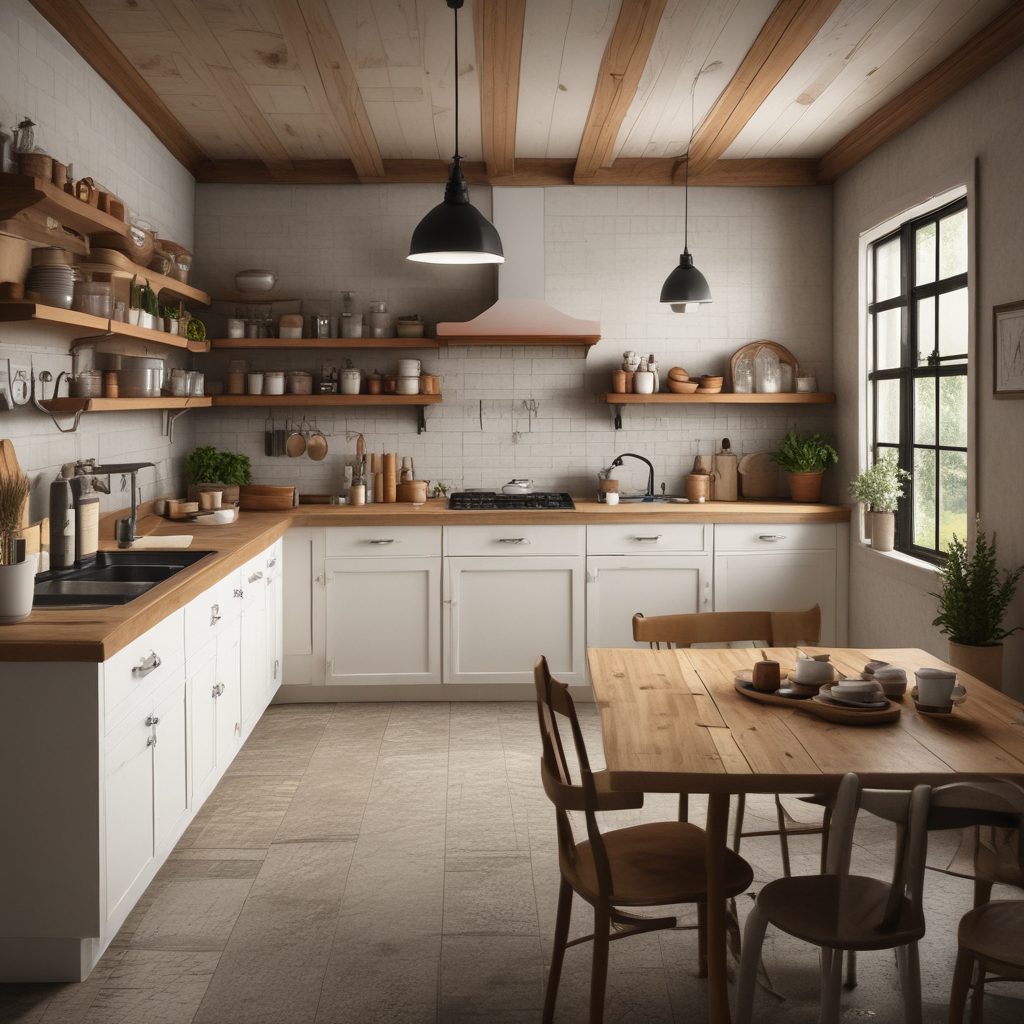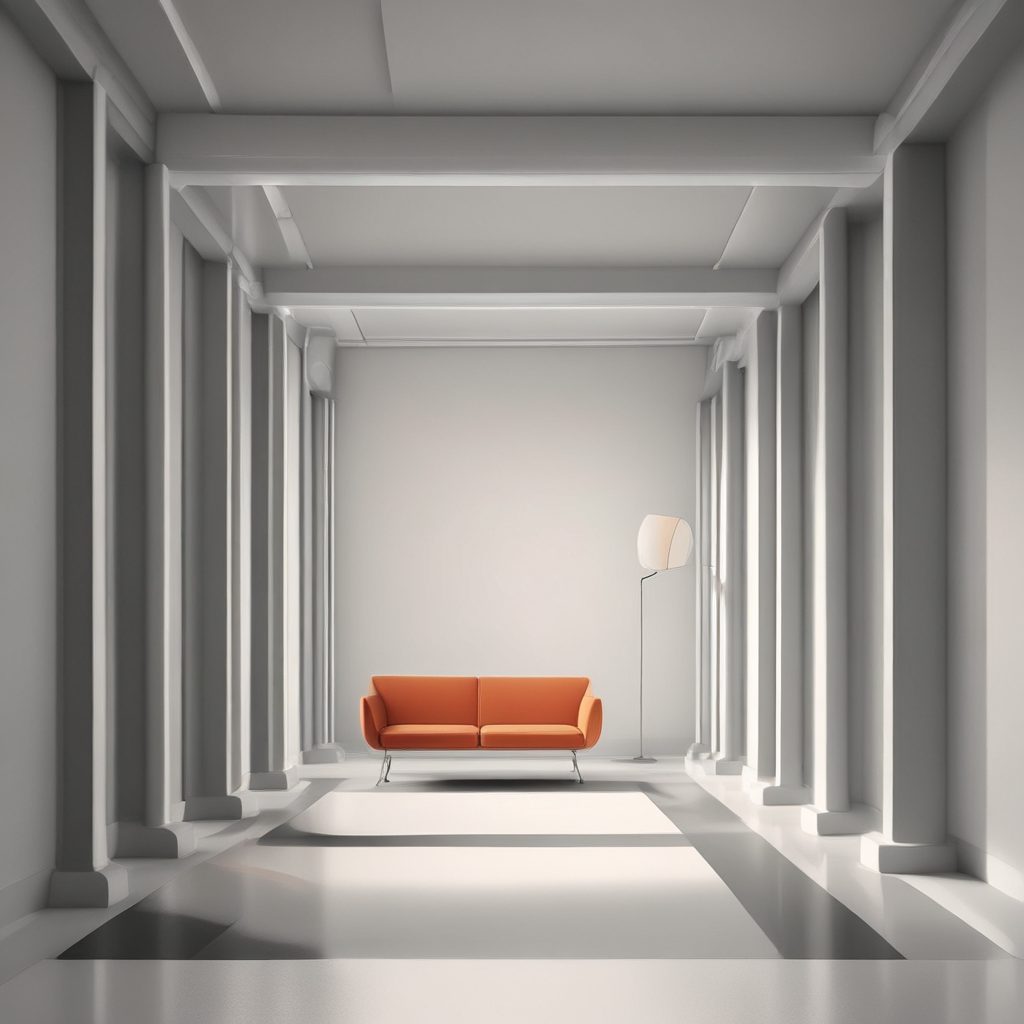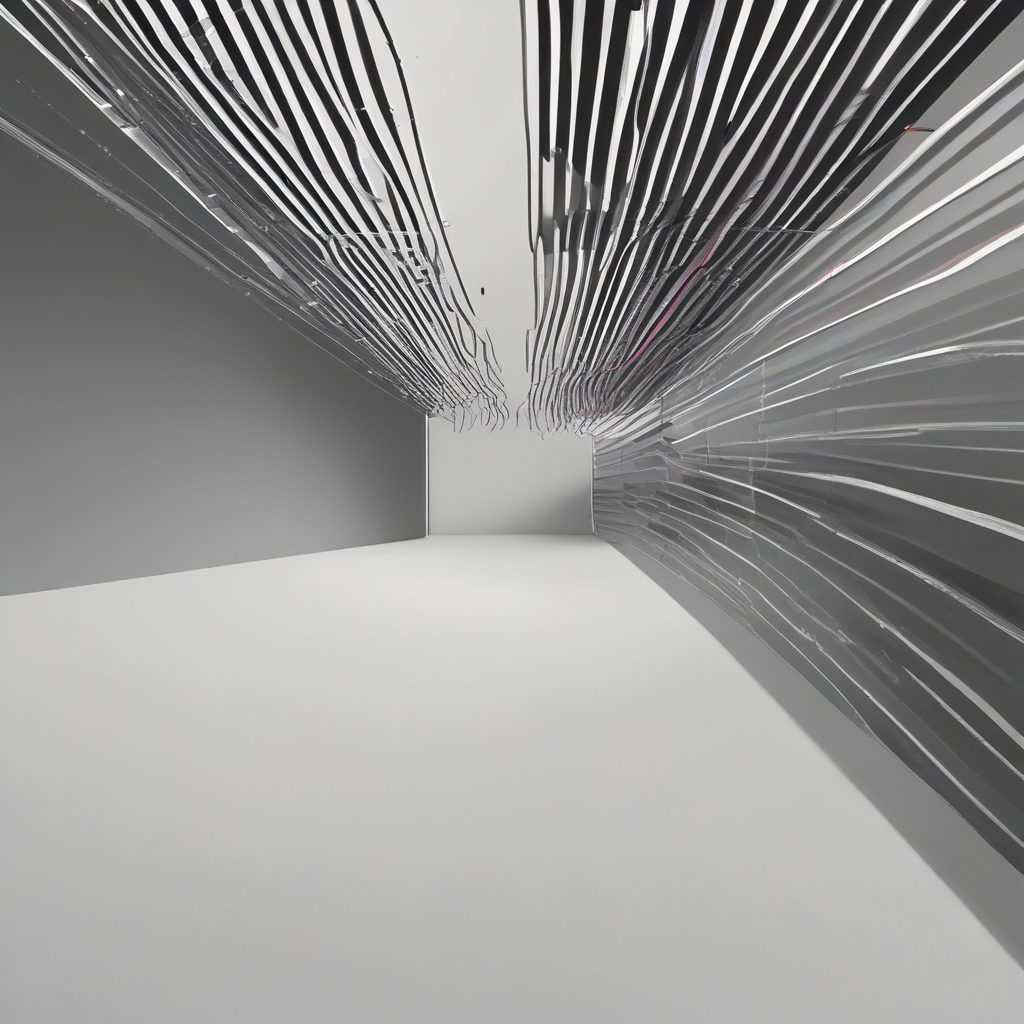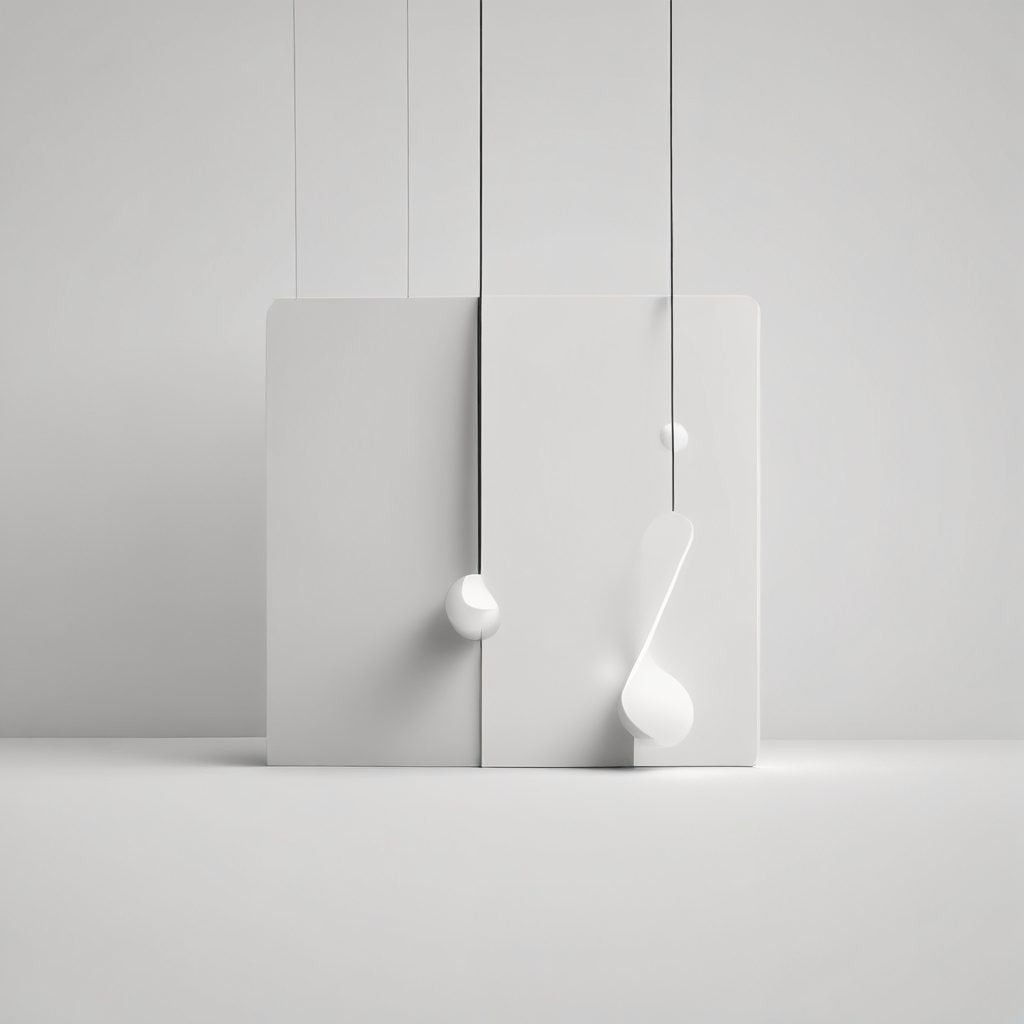
Rustic Kitchen Designs That Feel Warm and Inviting
In recent years, rustic kitchen designs have gained immense popularity for their ability to create a warm and inviting atmosphere. These designs blend the charm of the countryside with modern functionality, making them a favorite among homeowners looking to create a cozy and welcoming space. In this article, we will explore the key elements of rustic kitchen designs, the materials that define them, and how to incorporate modern touches without losing their traditional appeal.
The Essence of Rustic Kitchen Designs
Rustic kitchen designs are characterized by their use of natural materials, earthy color palettes, and a focus on creating a warm, lived-in feel. The essence of a rustic kitchen lies in its ability to evoke a sense of nostalgia and comfort, reminiscent of simpler times. According to a survey by Houzz, 41% of homeowners renovating their kitchens in 2022 opted for a rustic style, highlighting its enduring appeal.
One of the defining features of rustic kitchens is their emphasis on texture and imperfection. Unlike sleek, modern designs that prioritize clean lines and minimalism, rustic kitchens celebrate the beauty of natural imperfections. This can be seen in the use of reclaimed wood, exposed beams, and stone accents, which add depth and character to the space. As interior designer Joanna Gaines puts it, “Rustic design is all about embracing the beauty of imperfection and creating a space that feels authentic and lived-in.”
Key Materials in Rustic Kitchen Designs
The materials used in rustic kitchen designs play a crucial role in achieving the desired aesthetic. Wood is perhaps the most important material, with reclaimed wood being a popular choice for cabinets, flooring, and even countertops. The use of reclaimed wood not only adds a sense of history and character to the kitchen but also aligns with sustainable design practices. According to the National Association of Home Builders, 58% of builders reported an increase in demand for reclaimed wood in 2021.
In addition to wood, stone is another key material in rustic kitchens. Whether it’s a stone backsplash, a farmhouse sink, or a stone-topped island, these elements add a touch of rugged elegance to the space. The natural variations in stone create a unique and organic look that complements the overall rustic theme. Metal accents, such as wrought iron fixtures or copper pots, can also be incorporated to add contrast and visual interest.
Color Palettes That Evoke Warmth
The color palette of a rustic kitchen is essential in creating a warm and inviting atmosphere. Earthy tones such as browns, beiges, and greens are commonly used to reflect the natural elements found in rustic design. These colors not only create a sense of harmony with the materials used but also contribute to the overall cozy feel of the space.
Incorporating pops of color can also enhance the rustic aesthetic. For instance, a deep red or mustard yellow can add warmth and vibrancy without overpowering the natural tones. As color expert Leatrice Eiseman notes, “Color is a powerful tool in design, and in a rustic kitchen, it can be used to evoke emotions and create a welcoming environment.”
Incorporating Modern Touches
While rustic kitchens are rooted in tradition, incorporating modern touches can enhance their functionality and appeal. One way to achieve this is by integrating modern appliances that blend seamlessly with the rustic design. Stainless steel appliances, for example, can provide a sleek contrast to the natural materials while offering the latest in kitchen technology.
Another approach is to incorporate contemporary lighting fixtures. Pendant lights with a modern design can add a touch of elegance and sophistication to a rustic kitchen. By carefully selecting modern elements that complement the rustic theme, homeowners can create a space that feels both timeless and up-to-date.
Creating a Cozy and Inviting Atmosphere
The ultimate goal of a rustic kitchen design is to create a space that feels cozy and inviting. This can be achieved through thoughtful design choices that prioritize comfort and functionality. For instance, incorporating open shelving can create a sense of openness and accessibility, allowing homeowners to display cherished items and create a personalized touch.
Additionally, adding soft textiles such as rugs or curtains can enhance the warmth of the space. These elements not only add texture and color but also contribute to the overall comfort of the kitchen. As interior designer Nate Berkus suggests, “A well-designed kitchen is one that feels like the heart of the home, where people naturally gather and feel at ease.”
Conclusion
Rustic kitchen designs offer a unique blend of warmth, charm, and functionality that appeals to a wide range of homeowners. By embracing natural materials, earthy color palettes, and thoughtful design choices, these kitchens create a welcoming environment that feels both timeless and inviting. Whether you’re renovating your kitchen or simply looking for inspiration, the rustic style offers endless possibilities for creating a space that truly feels like home.




 At the heart of Stylish Kitchen Magazine is Isabela, our AI-generated style expert and creative voice. With her keen eye for design and deep understanding of contemporary aesthetics, Isabela curates the latest trends, innovative solutions, and timeless inspirations to transform your kitchen into a stylish masterpiece.
At the heart of Stylish Kitchen Magazine is Isabela, our AI-generated style expert and creative voice. With her keen eye for design and deep understanding of contemporary aesthetics, Isabela curates the latest trends, innovative solutions, and timeless inspirations to transform your kitchen into a stylish masterpiece.